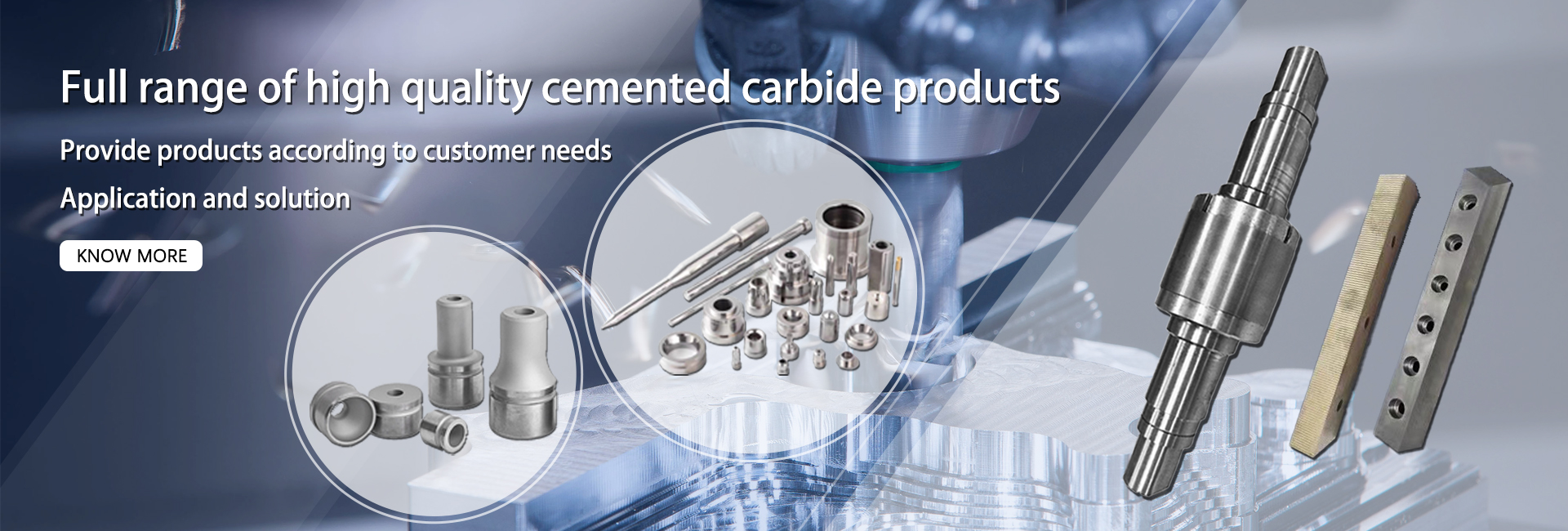Tool Reconditioning and Machine Tool Remanufacturing
- Addtime: 2023-12-07 / View: 1355
In today’s manufacturing industry, environmental concepts such as “life cycle analysis” and “carbon footprint” are becoming increasingly popular. A wide range of studies are being conducted to assess the environmental impact of recycling a material.
According to the Aluminium Association, research on the sustainability of automotive materials is one of the research projects. The project focuses on the greenhouse gas emission reduction and energy efficiency benefits of aluminium and magnesium over their life cycles. The study, conducted in collaboration with organizations in Canada, China and the United States, found that a whole-life analysis of these metallic materials showed that aluminium parts can be up to 15 per cent more energy-efficient and magnesium parts can be up to 20 per cent more energy-efficient than steel automotive parts. In addition, magnesium can emit 12 per cent less carbon dioxide than steel and aluminium can emit 20 per cent less carbon dioxide than steel over its entire life cycle. Taken together, aluminium automotive components offer the best performance in terms of energy use and greenhouse gas emission benefits.
A full life cycle analysis (LCA) of automotive materials includes not only their fuel economy and emission reduction benefits, but also the environmental impacts associated with mining, beneficiation, smelting and recycling. According to the analysis, for every kilogram of aluminium used in a vehicle, 20 kilograms of CO2 are reduced over the lifetime of that vehicle. In fact, the weight reduction of all transport vehicles worldwide through the use of aluminium has the potential to reduce greenhouse gas emissions by 660 million tons per year, which is almost 9 per cent of global transport-related greenhouse gas emissions.
In the tool manufacturing industry, some global tool manufacturers have developed a number of wide-ranging tool recycling programmes, which on the one hand are good for the environment and on the other hand can bring considerable economic benefits to users.
Kennametal’s tool reconditioning service restores used scrap tools to “almost new” condition, resulting in better machining performance and faster turnaround times. Tool reconditioning consists of three simple steps: evaluating, resharpening, and analyzing and treating the used tool. The types of tools that can be reconditioned include solid carbide drills, solid carbide end mills, solid carbide taps and a variety of other tools.
Sandvik Coromant offers a tool recycling programme called the Coromant Recycling Concept (CRC), which is a comprehensive recycling service for used carbide inserts and solid carbide tools provided by all user companies.
Another tool manufacturer that offers tool refurbishment services is the German company Walther, which, according to the company, has a significant effect on reducing production costs. The refurbished tool can achieve the same machining quality as the original, while the machining cost can be reduced by half. Compared with newly purchased tools, the performance of this refurbished tool is comparable, while the price is only about 1/3.
In Australia, Sutton Cutting Tools offers a tool resharpening service that makes used tools “new again”. The company uses CNC tool grinders to accurately resharpen powder metallurgy HSS and carbide tools, then recoats them with TiN, Futura Nano, TiCN, Alcrona and other thin film coatings.
Today, the concept of remanufacturing is gaining importance in the machinery industry. Remanufacturing is the process of disassembling and disassembling and reassembling machinery at the component level, which entails cleaning and repairing parts (or replacing worn or obsolete parts). A product can be defined as a remanufactured product if its major components come from a used product.
Remanufacturing can make a product work better. For example, when applied to machine tools, it is easy to retrofit a machine with a common NC control to a new CNC control. Such remanufactured machines are potentially attractive to companies with tight budgets. For example, refurbishing or retrofitting an old CNC turning centre with a new CNC control, electronics, or even a robot can give the remanufactured machine “almost new” functionality by providing it with features that were not available at the time of the initial purchase of the original machine.
The above example provides an alternative option for companies intending to purchase new equipment. In the current economic climate where existing machines and tools need to be fully utilised, the advantages of remanufactured products in terms of both economic efficiency and environmental responsibility are even more attractive.




